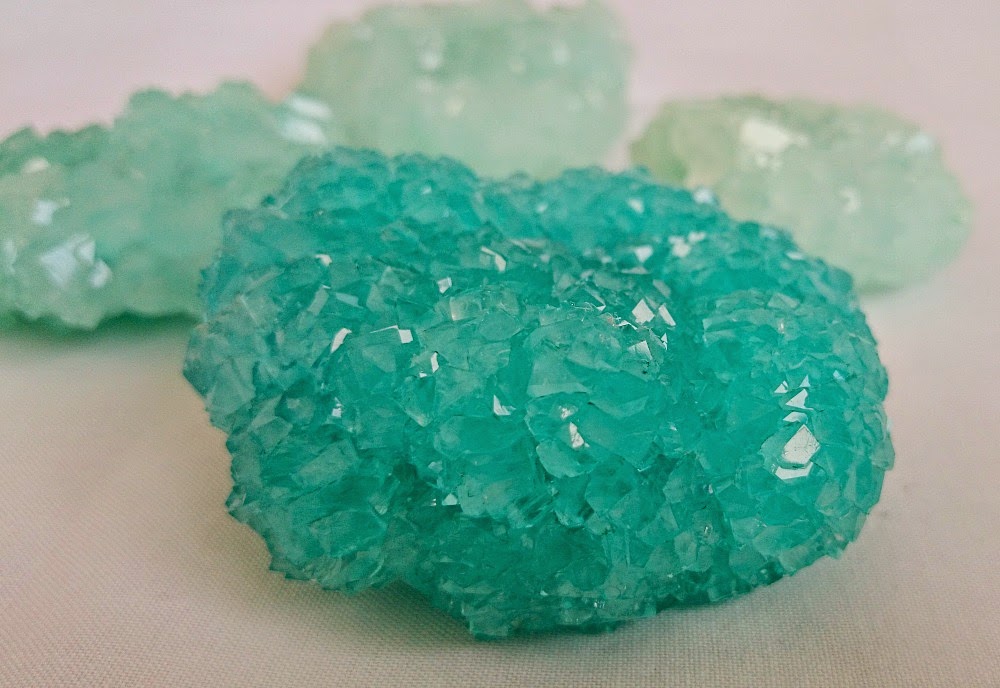Unveiling Borax Powder Composition and Uses
Ever wondered about the white, powdery substance known as borax? What exactly is borax powder made of and why is it found in so many household products? This article delves into the chemical composition of borax, exploring its origins, diverse applications, and potential benefits, while also addressing safety concerns. Understanding the nature of borax empowers us to use it effectively and responsibly.
Borax, also known as sodium borate, sodium tetraborate, or disodium tetraborate, is a naturally occurring mineral composed of sodium, boron, oxygen, and water. Its chemical formula is typically represented as Na₂B₄O₇·10H₂O, signifying the presence of ten water molecules within its crystalline structure. This hydrated form is often referred to as borax decahydrate. Anhydrous borax, lacking water molecules, also exists but is less common in household settings.
The origin of borax can be traced back to ancient times, with its discovery and initial uses documented in Tibet and other regions. Historically, borax was prized for its cleaning and preserving properties. Over time, its applications expanded to encompass various industries, including manufacturing, agriculture, and even medicine. Today, borax is a crucial component in many everyday products, from laundry detergents and cleaning agents to cosmetics and even some food preservatives.
Borax powder's composition lends itself to a remarkable range of uses. The boron within borax acts as a natural pH buffer, contributing to its cleaning power and ability to control acidity. Furthermore, it exhibits antifungal and insecticidal properties, making it a versatile ingredient in pest control. Understanding the chemical makeup of borax helps explain its widespread application across diverse fields.
However, it's important to acknowledge the potential safety concerns surrounding borax usage. While generally considered safe in small quantities, ingestion of large amounts can be harmful, particularly to children and pets. Furthermore, prolonged skin contact with concentrated borax solutions may cause irritation. Responsible usage and proper storage are essential to mitigate these risks. Always follow product instructions carefully and keep borax out of reach of children and animals.
One benefit of borax is its cleaning prowess. It acts as a natural water softener and can remove stubborn stains, grime, and mold. For example, a paste of borax and water can effectively clean bathtubs, sinks, and even tile grout.
Another advantage lies in its pest control capabilities. Borax disrupts the metabolic processes of insects, making it a valuable tool in controlling ants, roaches, and other household pests. Sprinkling borax powder in affected areas can help eliminate infestations.
Additionally, borax can be used as a natural laundry booster. Adding a small amount of borax to your washing machine can help brighten whites, remove odors, and soften hard water.
Advantages and Disadvantages of Borax
| Advantages | Disadvantages |
|---|---|
| Effective cleaning agent | Harmful if ingested in large quantities |
| Natural pest control | Can irritate skin with prolonged contact |
| Laundry booster | May negatively impact certain plants if used improperly in gardening |
Five Best Practices for Using Borax:
1. Always dilute borax before use, following product instructions.
2. Wear gloves when handling concentrated borax solutions.
3. Keep borax out of reach of children and pets.
4. Avoid inhaling borax dust.
5. Store borax in a cool, dry place away from food.
Frequently Asked Questions:
1. Is borax the same as baking soda? No, they are different compounds.
2. Can I use borax to clean my toilet? Yes, borax is an effective toilet cleaner.
3. Is borax safe for septic systems? Yes, in moderate quantities.
4. Can borax kill fleas? It can be part of a flea control strategy.
5. What happens if I accidentally ingest borax? Contact poison control immediately.
6. Can borax be used in gardens? Yes, but with caution as it can harm some plants.
7. Is borax safe for use around pets? Use with caution, keeping pets away from treated areas.
8. How do I dispose of borax? Dispose according to local regulations.
Tips and tricks: Create a borax-based cleaning paste for tough stains. Mix borax with sugar to create an ant bait. Add borax to your laundry for brighter whites.
In conclusion, understanding the composition of borax powder is key to utilizing its versatile properties effectively and safely. From its origins as a naturally occurring mineral to its widespread applications in cleaning, pest control, and laundry, borax has proven to be a valuable household staple. While its benefits are numerous, responsible handling and adherence to safety guidelines are paramount. By acknowledging both the advantages and potential risks associated with borax, we can harness its power while safeguarding our health and the environment. Exploring the diverse uses of borax can lead to more sustainable and effective cleaning and pest control practices, offering a natural alternative to harsher chemical solutions. Remember to always research and follow best practices when incorporating borax into your daily routine to ensure optimal results and safety. Be mindful of potential environmental impacts, and prioritize informed usage for a more conscious and effective approach.
Navigating stair safety decoding bcs handrail building codes
Navigating the dl1 labyrinth drivers licence renewal
Scorpio daily horoscope insights from the times of india













